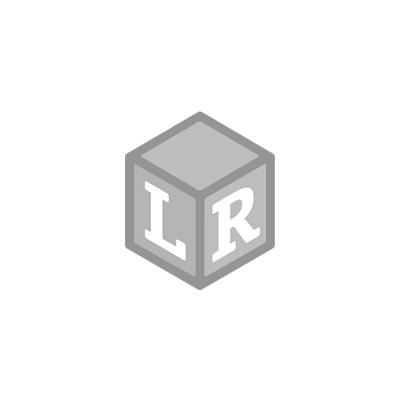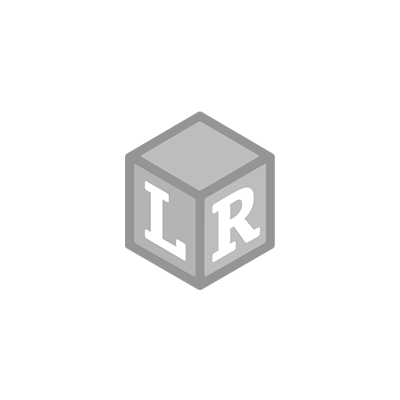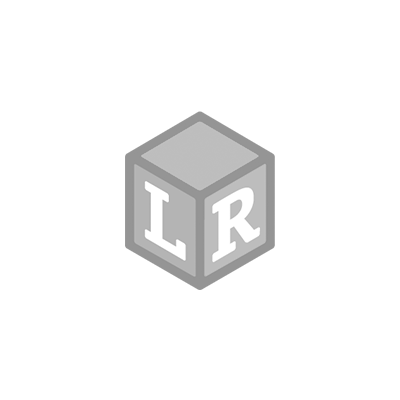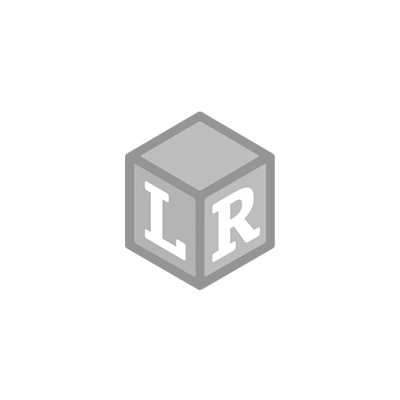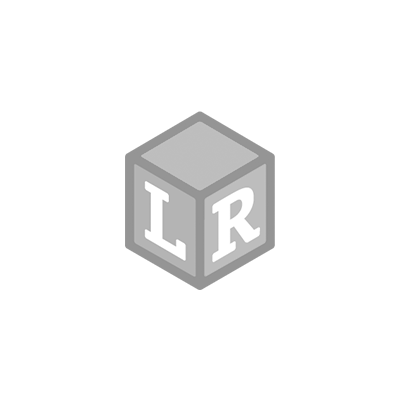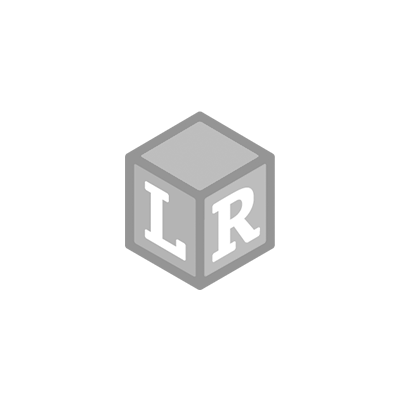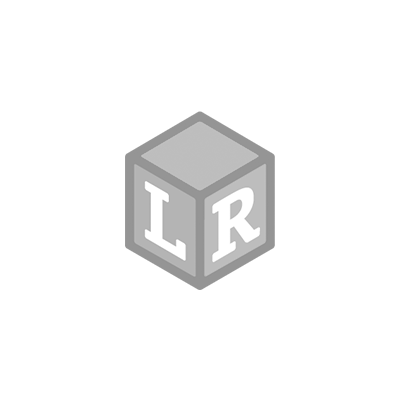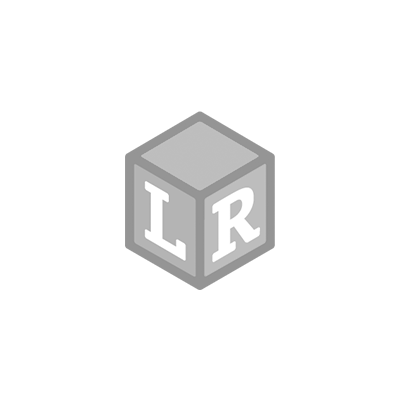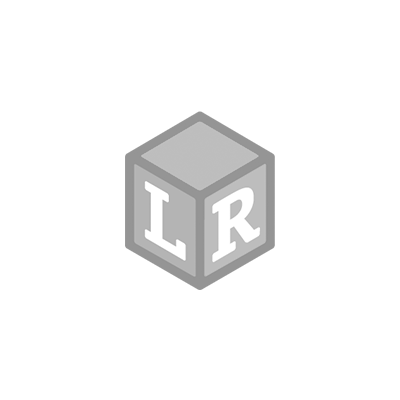Tired of turning around only to find that your toddler has emptied the Tupperware cabinet, or worse, your underwear drawer? Turn your toddler’s curiosity into a totally teachable moment with our scavenger hunt-style toddler treasure hunts!
Color Clues
A treasure hunt is a great way to help your toddler learn his or her colors. First, spend some time reviewing a specific color–red for example, read a board book about the color red, talk about things you see each day that are red, sound out the word
red. Then set off on an adventure–together–to find things around your house that are red. Collect them if you can and then review your bounty, repeating the word
red as you identify each object you’ve found. Weather permitting, you might follow this activity up with a walk around the block, looking for outdoor objects that are red, like cars, stop signs, flowers, berries, or even a kite flying in the sky.

Shape Spotting
The activity above also works well with shapes. Start by reviewing the basic shapes with your little one. Draw a circle, square, rectangle, and triangle on a sheet of paper and have your child color each one in with crayons. Then take a tour of your home and point out the shape of the objects you see. The oven door is square. Books are rectangular. So is your child’s pillow. The bottom of a sippy cup is round. So is a ball. After you’ve pointed out several objects, try pointing to one and asking your child what shape it is.

Counting Cuties
Your home is also a great place to help your child learn to count. Start by counting from one to five as you hold up the appropriate number of fingers. Next, take out several of the same object – books, bananas, socks, or spoons will do. Place the objects in a pile and move one object over to an empty space as you count its number aloud: one for the first object, two for the second, etc. Once all objects are in the second pile, count them up again. Now challenge your child to bring you one toy from his room. Then two, then three, holding up your fingers as a reminder.

Size It Up
You’ll probably be tempted to put away the piles of objects your child has collected, but don’t! It’s the perfect way to introduce your child to the concept of size. Sitting near the pile, point out to your little one that the sock he found is small, but the bookcase is big! Stretch your legs on another walk through the house, pointing out things that are big and small and asking your child to do the same.

Get Descriptive
It’s almost time to put everything back (we strongly encourage you to learn, live, and love the “Clean Up” song), but before you do, take this opportunity to introduce some new words. Describing the attributes of the things you’ve collected on your treasure hunts is a wonderful way to enhance your child’s vocabulary. As you pick up each item to put away, remind your child of its color and size, and describe it, using words like “fuzzy”, “soft”, “hard”, “smooth”, “rough”, etc.
 Help us celebrate STEM-uary with a hands-on STEM experiment designed for you to do with your preschoolers at home! It's so much fun… your little ones might not even realize that they’re learning.Preschoolers are natural observers. Plus, they love scooping, pouring, mixing, and blending. In other words, they love science! You can encourage your child’s scientific curiosity and introduce some early scientific concepts with simple science experiments, like the concept...
Help us celebrate STEM-uary with a hands-on STEM experiment designed for you to do with your preschoolers at home! It's so much fun… your little ones might not even realize that they’re learning.Preschoolers are natural observers. Plus, they love scooping, pouring, mixing, and blending. In other words, they love science! You can encourage your child’s scientific curiosity and introduce some early scientific concepts with simple science experiments, like the concept...

 Now that your pint-sized smarty understands the concepts of solids, liquids, and gasses, take a lunchtime challenge!Point to her cup of milk and ask if what’s inside is a solid or a liquid. Now point to the PB & J (crusts cut off) on her plate and ask if that’s a solid or a gas. Finally, have her breathe out into a cupped hand and ask what’s there. She can’t see it, but her breath is a gas!If your little one loved this STEM-uary science experiment, let us know about it by emailing us at blog@learningresources.com.
Now that your pint-sized smarty understands the concepts of solids, liquids, and gasses, take a lunchtime challenge!Point to her cup of milk and ask if what’s inside is a solid or a liquid. Now point to the PB & J (crusts cut off) on her plate and ask if that’s a solid or a gas. Finally, have her breathe out into a cupped hand and ask what’s there. She can’t see it, but her breath is a gas!If your little one loved this STEM-uary science experiment, let us know about it by emailing us at blog@learningresources.com.  Shop UK Site
Shop UK Site 
